
Well, I’m sure many of you would love to be sat on the bank right now making the most of the awesome spring conditions, but due to this awful Covid-19, many of us have been in “Lock Down” for the past six weeks, with no sign of any restrictions easing just yet. Unfortunately, for myself I fall into the high-risk category due to the immune suppressing drugs I take to control my Crohn’s Disease, so have been told to self-isolate for a minimum of twelve weeks. What that does however mean, for me, is I have nothing but time on my hands. So apart from all the normal tidying of kit and rig prep it is a great opportunity to make some hookbaits up for whatever may be left of the season once life starts to return to normal. There are many ways to make pop-ups, but in this short piece I’m going to cover how I roll my own custom cork ball pop-ups.
So why make your own pop ups and why use cork balls as opposed to a standard pop up mix? For me personally, there is nothing better than catching a fish on something you have lovingly hand rolled yourself. It also gives you the opportunity to take your hookbaits to the next level, by adding additional liquids and powders to boost their attraction further and make them stand out; hopefully increasing the likelihood of being picked up. There is a whole plethora of different liquids and powders available in today’s bait market that you can be play around with to produce something completely custom.
I like to roll all my own hookbaits these days, whether it be bright spring singles or match the hatch foody type hookbaits and have had some great results on them in the process. I like to ensure I have plenty of cork balls rolled, as opposed to standard pop-ups, as I’m a great lover of the hinged stiff rig which requires super buoyant pop ups ,especially when at times my rigs could be left in place for two or three days at a time! By using a cork balled pop-up I know the bait will be just as buoyant after a long soak as when it was cast out, especially when using high quality cork balls such as the ones from Gardner that are available in a variety of sizes.
The below step by step guide should hopefully show you exactly how to produce your own custom cork ball pop-ups and with so much time on our hands why not try and give yourself that little edge for when the lakes do eventually re-open? Until that time however stay safe!
Step 2. At this stage you can add in any chosen liquid flavourings or additives. On this occasion I am rolling ‘match the hatch’ type hookbaits to match the food boilies I use from Carp Company – Icelandic Red with Caviar & Cranberry. I have added both flavourings plus some liquid feeding triggers. Be careful not to go too mad with flavourings and follow the recommended dose as it’s easy to add too much and make them too strong, repelling the fish rather than attracting them.
Step 3. Once all the liquids have been well mixed with the egg you can now add any chosen powdered additives. In this instance I have added three different powders that I have a lot of confidence in: GLM Powder, Liver Powder & Krill Powder. These products are all natural so you can get away with quite a high dose rate, so they really kick out some attraction.
Step 4. At this stage I also like to add in half a packet of egg white powder that you can get from the baking section of any supermarket. This helps to give the baits a nice tough skin once boiled. Ensure it’s all well mixed, so that all of your liquids and powders are evenly distributed throughout the mix.
Step 8. Now your paste is ready it is time to actually make the cork balls up. You can simply pull off a small amount of paste and wrap it around the cork ball, trying to ensure you have an even skin of no more than a couple of mm. Alternatively, there are lots of clamps on the market these days to ensure you get consistent hookbaits every time.
Step 9. Often when using the clamps it will leave a slight line around the hook bait, so to finish them of and make them absolutely perfect you can either finish them off by giving them a quick roll in the palms of your hands or place them on a rolling table such as the Rolaball Longbase Baitmaker pictured here. A couple of quick strokes and they come out absolutely perfect!
Step 12. Place the baits somewhere warm and dry and allow them to thoroughly dry out for at least a week. The baits should rattle once placed into a pot. It is at this stage you can boost them further by rehydrating the baits with liquids, adding small amounts slowly and letting them soak in before applying more. Once tacky you can also give them a dusting with some powders to form a crust, and the end result is a high-quality cork ball pop up that will be pumping out all the right signals to any passing carp!



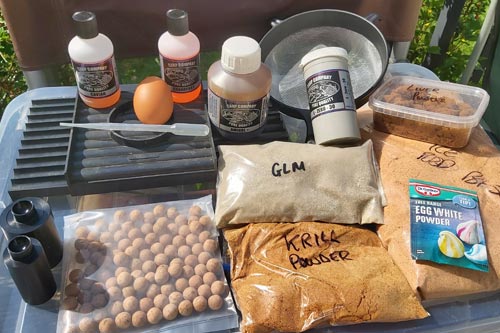
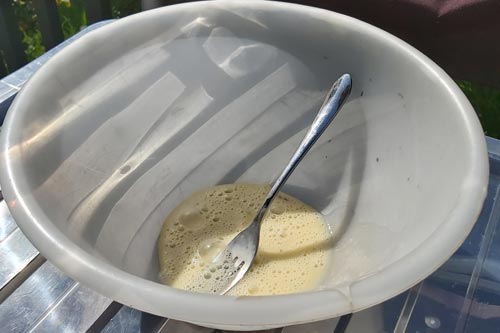

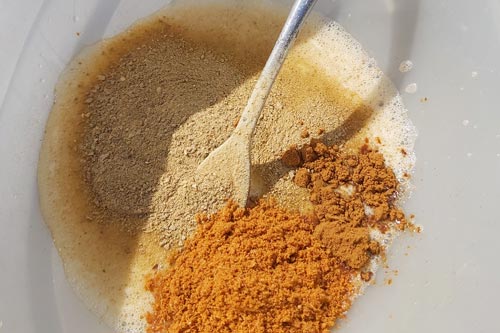
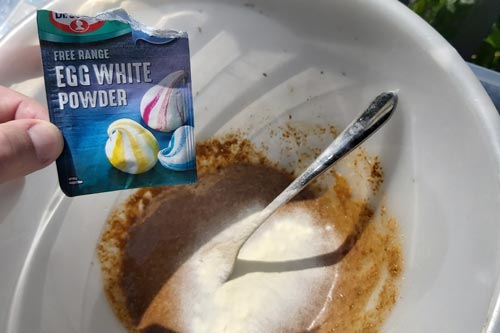
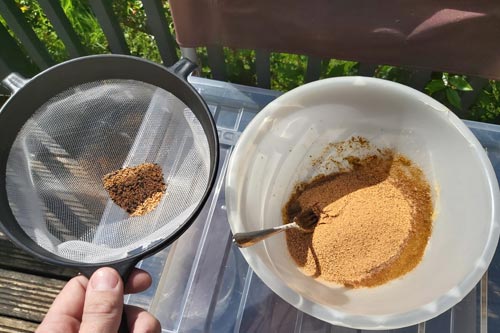
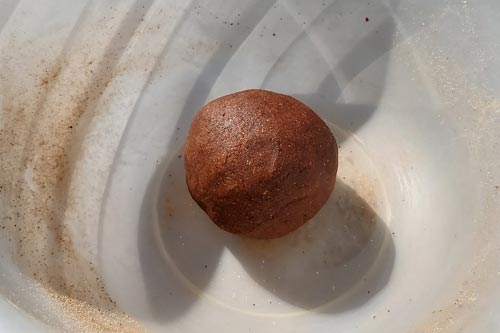
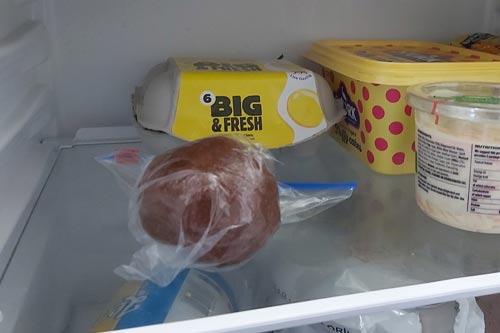
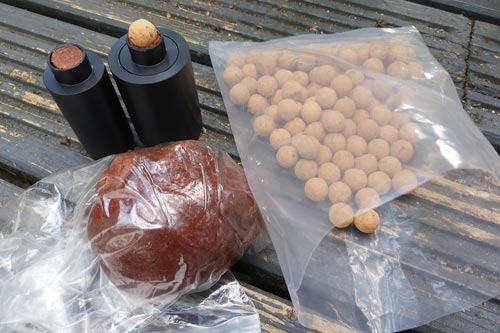

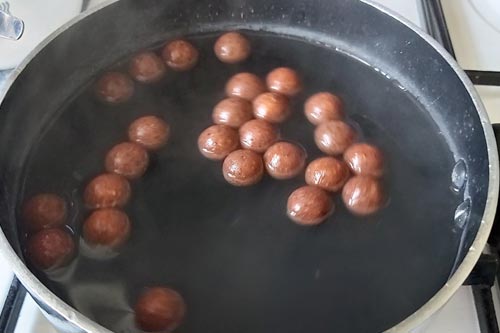
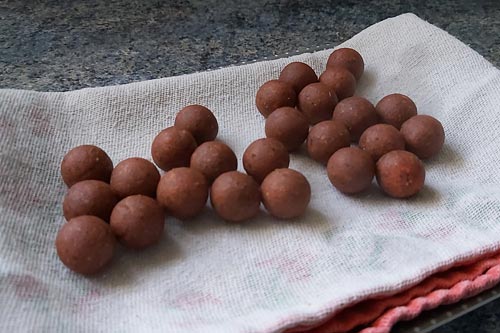

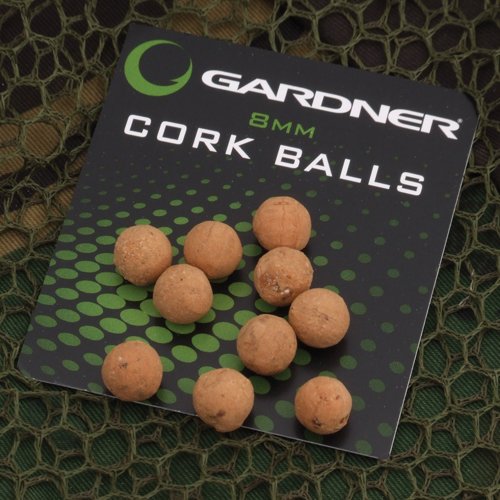
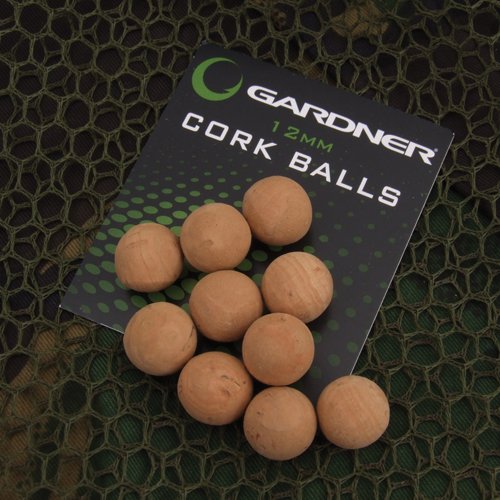
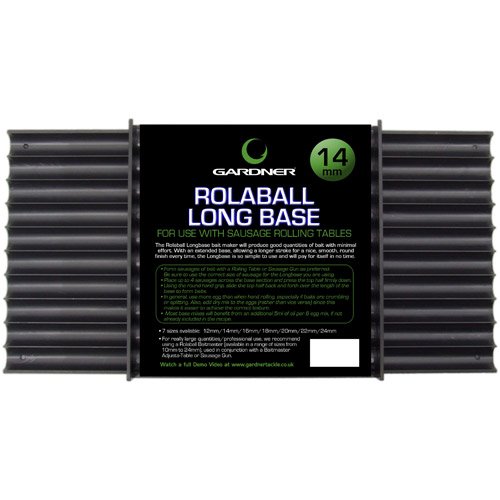
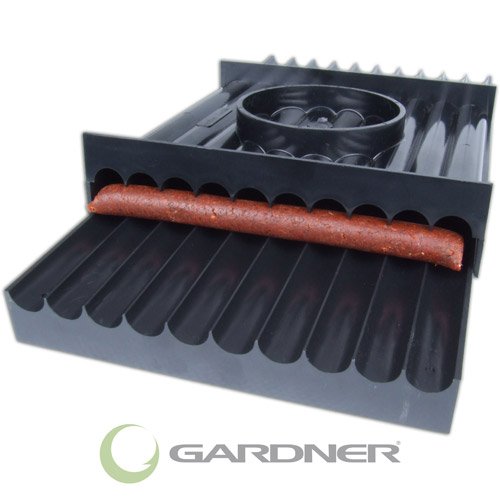
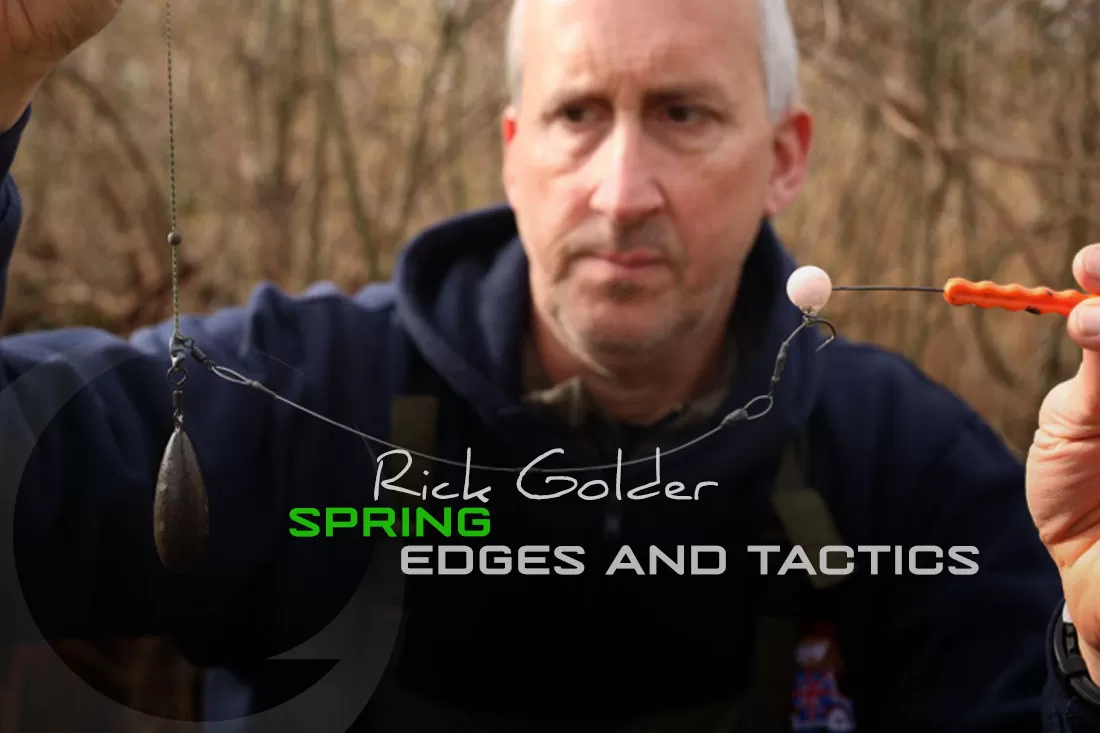
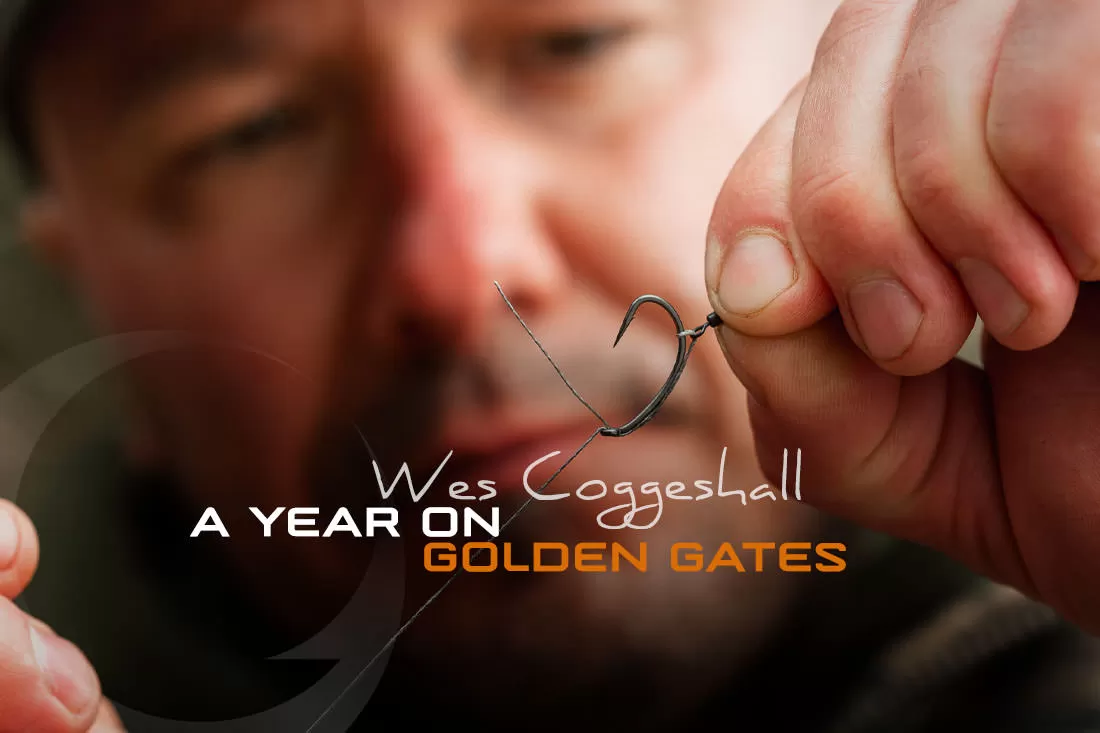
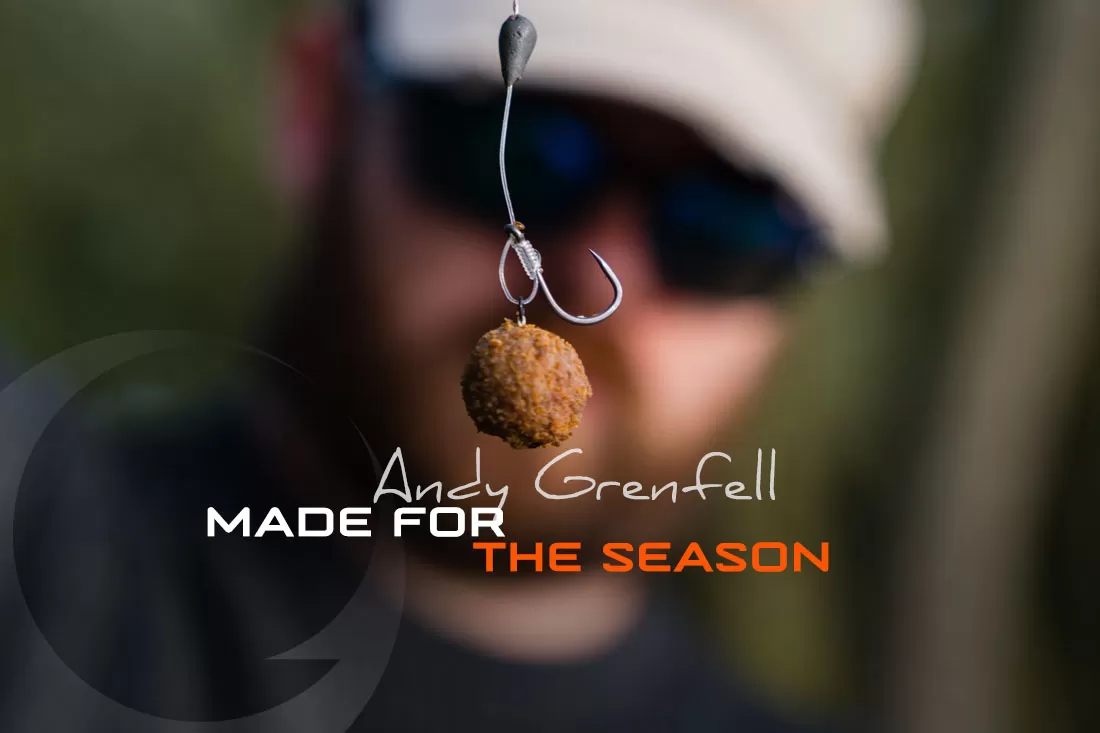
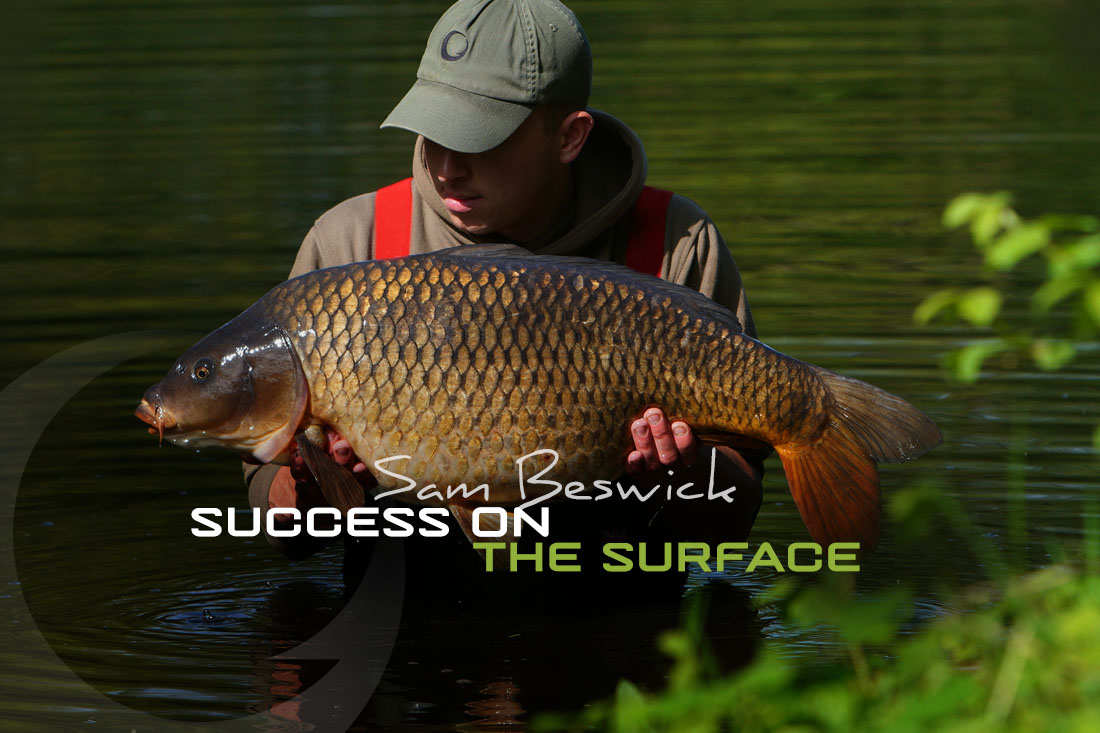
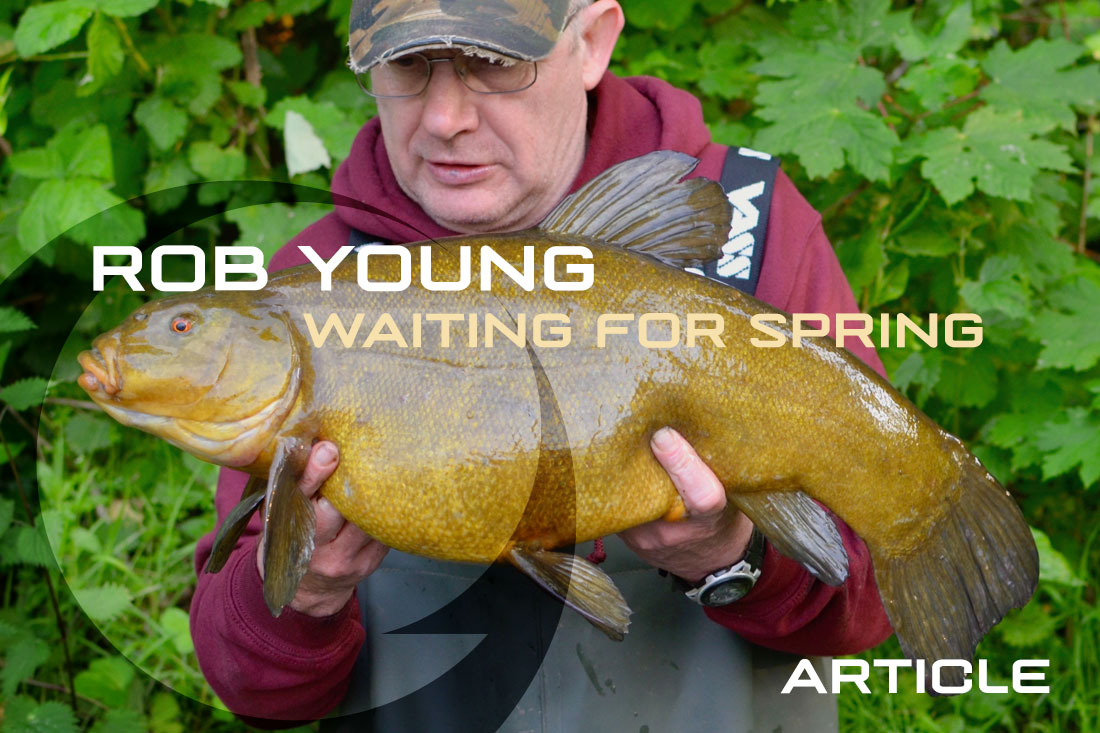

Leave A Comment